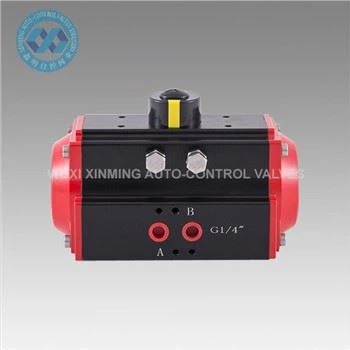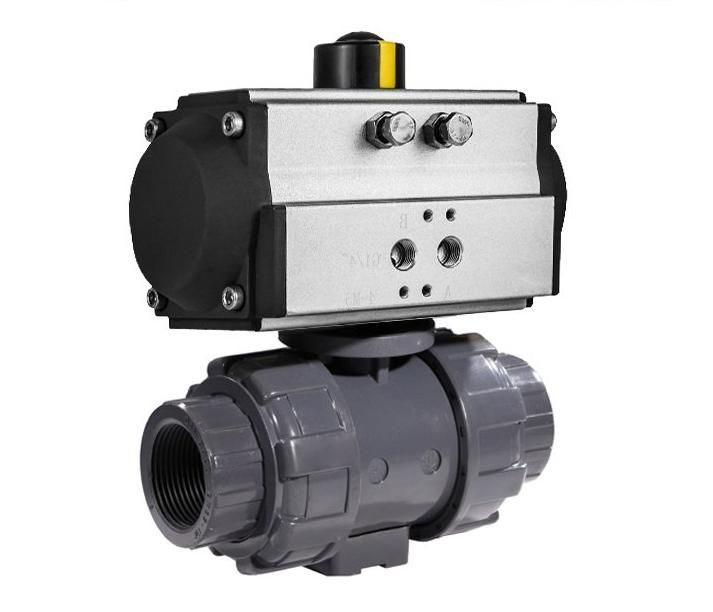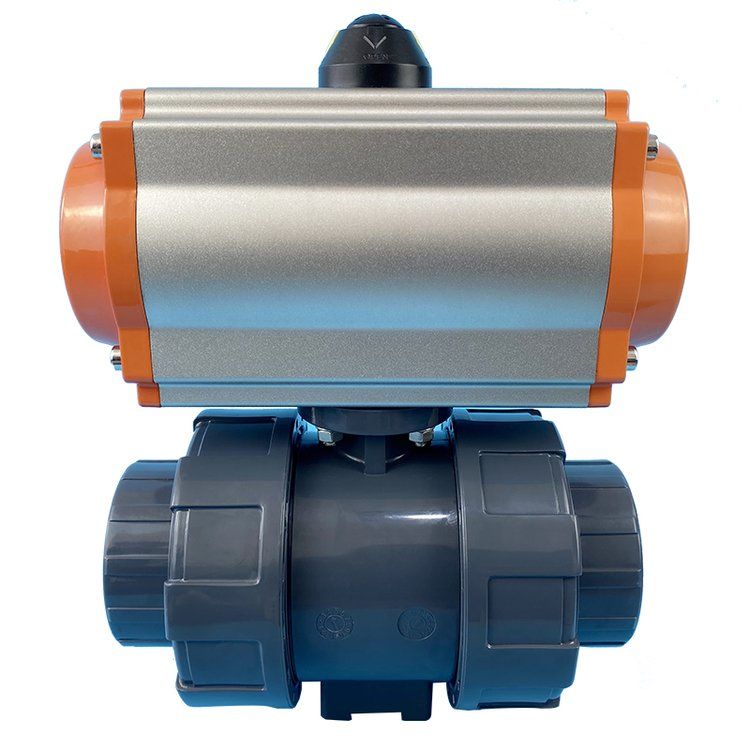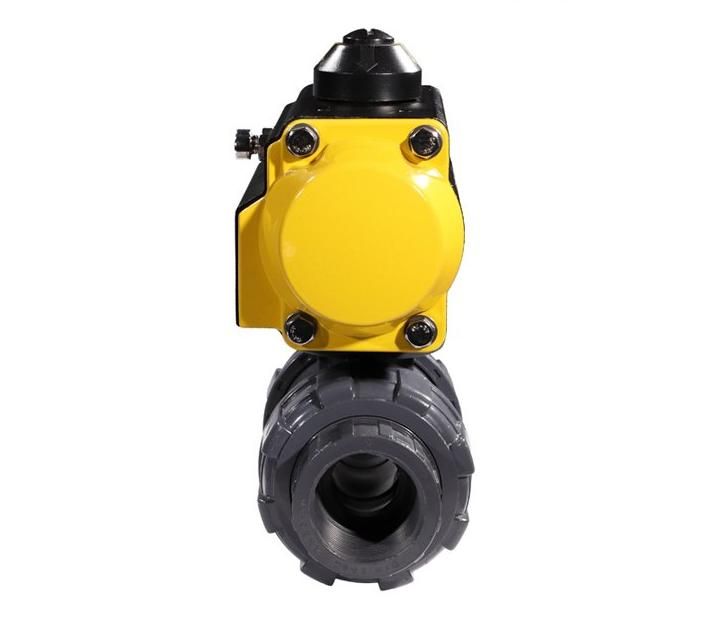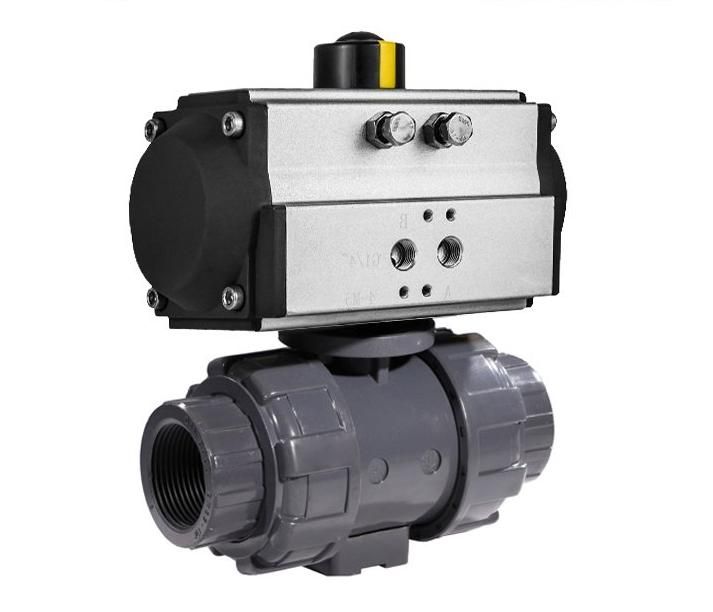Actuator Testing Procedures
Comprehensive quality control checklist for pneumatic actuator validation
Functional Operation Test
- Cycle the actuator via its control system to check open/closed alignment with the valve.
- Ensure smooth movement without jamming, confirming gears or pistons operate correctly.
- Verify the valve fully opens for maximum flow and closes tightly to block it.
Pressure and Leakage Test
- Apply rated air pressure to the actuator.
- Use soapy water on connections, seals, and diaphragms—bubbles indicate leaks.
- Test the valve under working pressure (with water as a substitute if needed) to check for internal leakage.
- Use flow meters to detect unexpected bypass.
Response Time and Durability Test
- Time the actuator's shift from closed to open (and vice versa) to ensure it meets specs.
- Run repeated cycles (hundreds) to assess wear.
- Inspect components afterward for degradation, such as reduced torque or increased leakage.
Torque and Load Test
- Use a torque meter to confirm the actuator delivers enough force under maximum rated pressure.
- Test with varying loads (e.g., viscous media) to ensure it operates without stalling.
Calibration Check
- For positioner-equipped models, calibrate to test intermediate positions.
- Use sensors to verify the valve matches setpoints, ensuring precise flow control.
If you want to learn more about low-priced products, please visit the following website: www.xm-valveactuator.com






